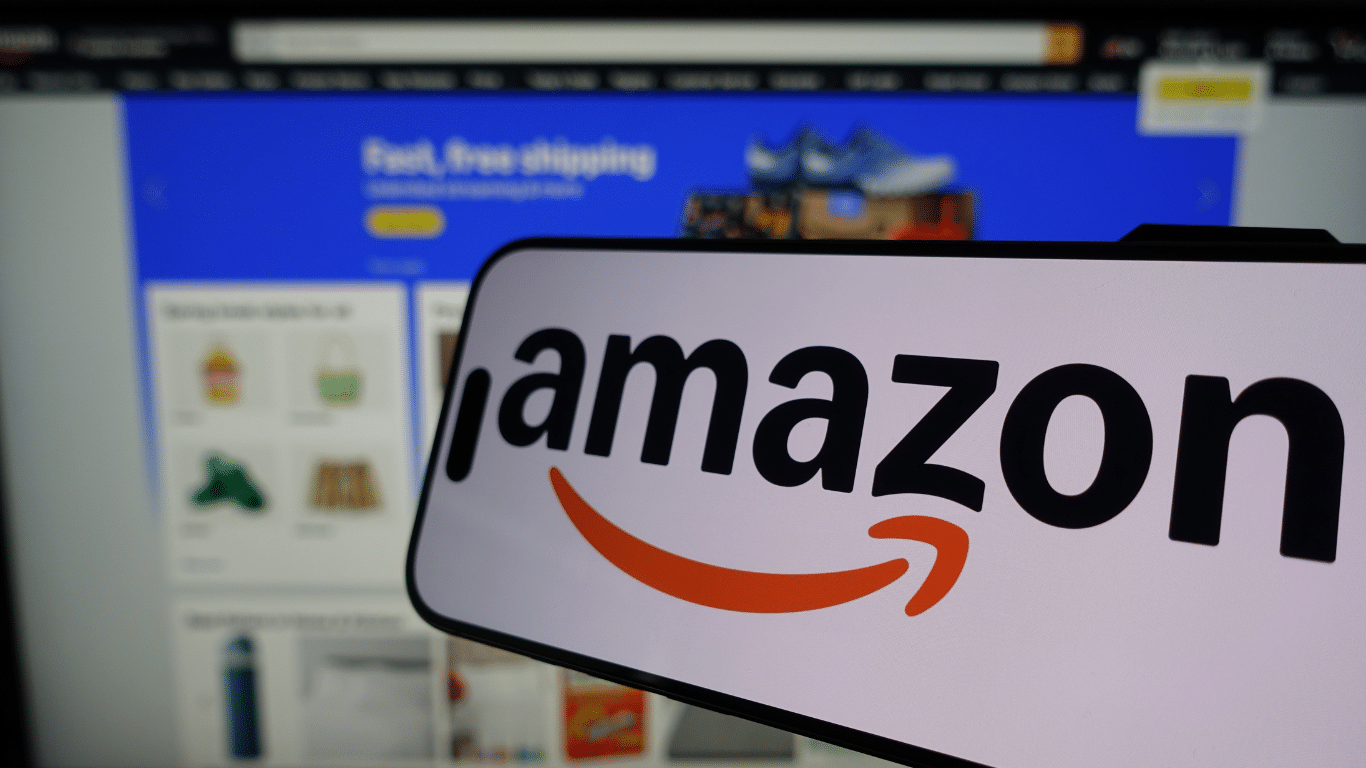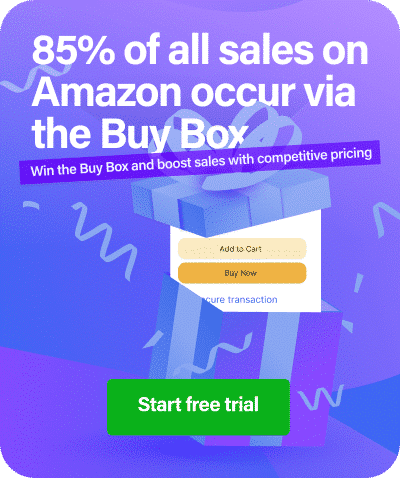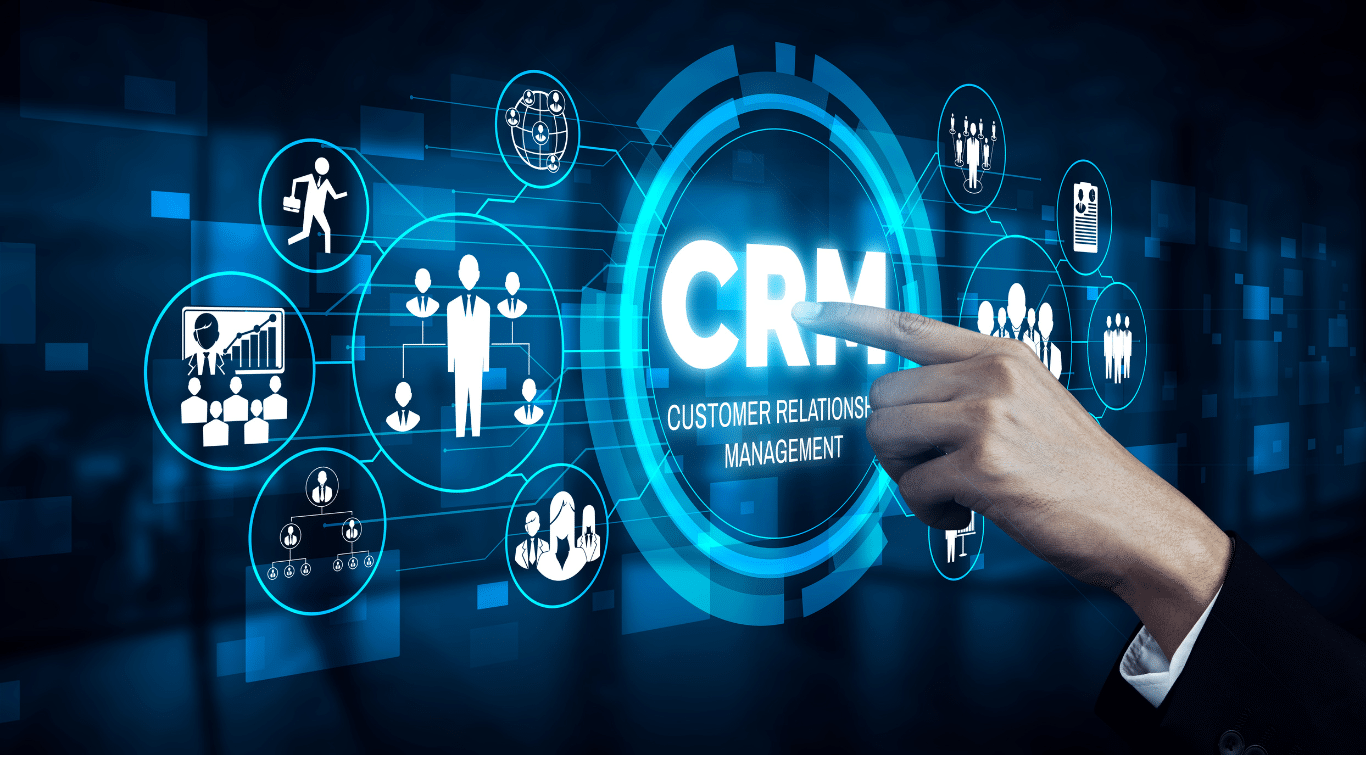While Amazon offers incredible reach, building your own brand presence across multiple channels is essential for long-term success. By diversifying beyond Amazon, you gain customer ownership, build brand equity, and create sustainable growth that doesn’t depend on a single platform.
If you’re selling on Amazon, you’ve likely experienced the platform’s incredible reach and convenience. With over 40% of US eCommerce sales flowing through Amazon in 2024, it’s undeniably a powerful sales channel. But here’s the thing: relying solely on Amazon is like building your business on rented land. The most successful eCommerce brands understand that to truly thrive, you need to expand beyond Amazon and create your own independent brand presence.
The numbers tell a compelling story. Around 15% of global online shoppers now prefer buying straight from brands they trust. In fact, in some countries, D2C has overtaken marketplaces as the top shopping choice—like in Australia (23%), France (22%), and Colombia (20%). This shift represents more than just a trend—it’s a fundamental change in how consumers want to shop and connect with brands.
Why Building Beyond Amazon Matters
Own Your Customer Relationships
When you sell exclusively on Amazon, you’re essentially a tenant in someone else’s store. Amazon owns the customer data, controls the communication, and can change the rules at any time. By building your own direct-to-consumer channels, you take control of the most valuable asset in eCommerce: your customer relationships.
Nearly half of businesses prioritize DTC to build stronger customer relationships, and 44% do so to gain a better understanding of their shoppers. This direct connection allows you to provide personalized experiences, gather valuable feedback, and build the kind of brand loyalty that creates long-term value.
Build Long-Term Brand Equity
Amazon is a marketplace where price often wins. When customers shop on Amazon, they’re primarily looking for products, not brands. This makes it incredibly difficult to build meaningful brand recognition and command premium pricing.
About 66% of people say it’s easier to understand an individual brand’s values than a large retailer’s, and 61% feel that single-brand DTC sites offer a more personalized experience. Your own storefront becomes a canvas for storytelling, brand building, and creating the kind of authentic connections that drive customer loyalty.
Reduce Platform Dependency Risk
Platform policies change, fees increase, and competition intensifies. Successful brands diversify their revenue streams to reduce risk. Multichannel eCommerce increases revenue by diversifying your sales channels, you cast a wider net and increase your opportunities for sales.
The most resilient eCommerce businesses don’t depend on any single platform for their success. They build multichannel selling strategies that include owned channels, alternative marketplaces, and social commerce platforms.
Strategic Approaches to Expand Beyond Amazon
Launch Your Own Shopify Store
Building your own eCommerce website is the foundation of brand independence. Shopify powers millions of businesses worldwide and provides the tools you need to create a professional online presence. While there are Shopify alternatives available, Shopify remains the most popular choice for good reason.
When comparing Shopify vs Amazon, remember that these platforms serve different purposes. Amazon is excellent for reach and discovery, while Shopify gives you complete control over your brand experience, customer data, and profit margins.
Key benefits of your own storefront:
- Complete control over brand presentation and customer experience
- Access to valuable customer data and analytics
- Higher profit margins without marketplace fees
- Ability to build email lists and direct relationships
- Freedom to implement your own pricing and promotional strategies
Explore Alternative Marketplaces
Don’t put all your eggs in one basket. 44% of shoppers start their shopping journey on the search engine, and 41% do so directly on online stores like Amazon or a business’s website. This means there are significant opportunities on other platforms.
Walmart Marketplace has emerged as a serious competitor to Amazon, offering lower fees and less competition in many categories. Our Walmart Repricer can help you optimize pricing across both platforms while maintaining profitable margins.
eBay remains a powerful platform, especially for certain product categories. An eBay Repricer ensures you stay competitive while protecting your profit margins.
Embrace Social Commerce
Social media commerce is expected to reach $2.9 trillion by 2026. With behavior-based targeting and a highly engaged audience – TikTok users, for example, spend an average of 95 minutes per day on the app – social stores provide a unique opportunity for businesses to extend their reach and grow.
Social platforms aren’t just for marketing anymore—they’re becoming legitimate sales channels. Instagram Shopping, Facebook Marketplace, and TikTok Shop allow you to reach customers where they already spend their time.
Building Your Multi-Channel Strategy
Start Small, Scale Smart
You don’t need to launch on every platform simultaneously. Begin with one or two channels that align with your target audience and product category. Focus on executing well before expanding further.
Recommended progression:
- Establish your own website (Shopify or similar platform)
- Add one alternative marketplace (Walmart or eBay)
- Experiment with social commerce
- Consider additional specialized platforms based on your niche
Maintain Consistent Branding
As you expand across channels, consistency becomes crucial. Your brand voice, visual identity, and customer experience should remain cohesive whether someone discovers you on Instagram, Walmart, or your own website.
Optimize Pricing Across Channels
Managing pricing across multiple platforms can be complex, but it’s essential for maintaining profitability. Different platforms have different fee structures, competition levels, and customer expectations. The right repricing strategy ensures you remain competitive while protecting your margins.
The Direct-to-Consumer Advantage
The rise of direct-to-consumer brands illustrates the power of building beyond marketplaces. U.S. DTC e-commerce revenue tripled from $36 billion in 2016 to $128 billion in 2021, and it’s projected to surpass $210 billion by the end of 2024.
What makes DTC successful:
- Authentic storytelling: Direct connection allows for meaningful brand narratives
- Customer data ownership: Every interaction provides valuable insights
- Agility: Quick response to customer feedback and market changes
- Higher margins: Eliminating middlemen increases profitability
- Brand control: Complete ownership of the customer experience
Learn from DTC Success Stories
Companies like Warby Parker, Casper, and Away didn’t just sell products—they built movements. They used their owned channels to tell stories, build communities, and create experiences that went far beyond transactions.
Nearly half of businesses prioritize DTC to build stronger customer relationships, and 44% do so to gain a better understanding of their shoppers. This focus on relationships over transactions is what separates successful brands from commodity sellers.
Implementation: Your Roadmap to Independence
Phase 1: Foundation (Months 1-3)
- Launch your Shopify store with a professional design and compelling content
- Implement basic email marketing and customer service systems
- Begin collecting customer data and feedback
- Optimize your Amazon presence while building alternatives
Phase 2: Expansion (Months 4-8)
- Add your first alternative marketplace (Walmart or eBay)
- Launch social media presence and begin experimenting with social commerce
- Implement cross-channel inventory and pricing management
- Develop a content marketing strategy for your owned channels
Phase 3: Optimization (Months 9-12)
- Analyze performance across all channels and double down on what works
- Implement advanced personalization and customer retention strategies
- Consider additional platforms based on your success patterns
- Build processes for scaling your multi-channel operations
Measuring Success Beyond Revenue
While sales growth is important, true brand-building success includes metrics like:
- Customer lifetime value (CLV): Are customers coming back and spending more over time?
- Brand recognition: Are customers seeking you out by name?
- Email list growth: Are you building a direct communication channel?
- Social engagement: Are customers engaging with your brand content?
- Review quality: Are customers sharing positive experiences?
The Future of Multi-Channel Commerce
The eCommerce landscape continues evolving rapidly. Social media is also preferred by 14% of people to start their online shopping journey, and new platforms emerge regularly. The brands that will thrive are those that remain agile, customer-focused, and willing to experiment with new channels while maintaining strong foundations.
50% of the organizations surveyed predict that more than half of their sales will come from DTC in the next 3 years. This isn’t just a prediction—it’s a roadmap for the future of retail.
Your Next Steps
Building beyond Amazon isn’t about abandoning the platform—it’s about reducing dependency and building sustainable brand equity. The most successful sellers use Amazon as one channel in a diversified strategy that includes owned platforms, alternative marketplaces, and emerging social commerce opportunities.
Start by taking one small step. Maybe that’s launching a simple Shopify store, experimenting with Instagram Shopping, or exploring Walmart Marketplace. The key is to begin building your independent brand presence today.
Remember, every giant brand started with a single customer and a vision. By expanding beyond Amazon, you’re not just diversifying your sales channels—you’re building the foundation for a lasting, valuable business that you truly own.
Ready to expand beyond Amazon? The opportunity has never been better. With the right strategy, tools, and commitment, you can take your eCommerce business beyond Amazon and build the independent brand you’ve always envisioned.
Book a Demo Now to start taking your brand to the next level.





